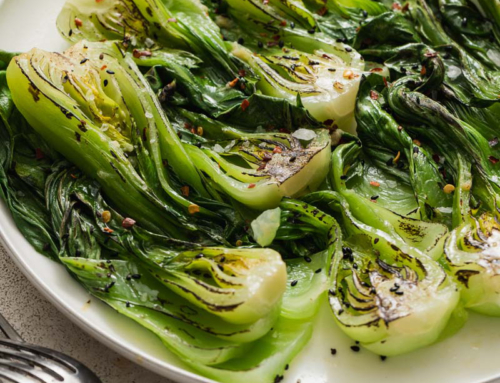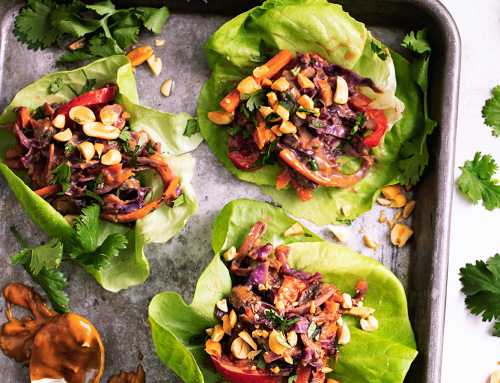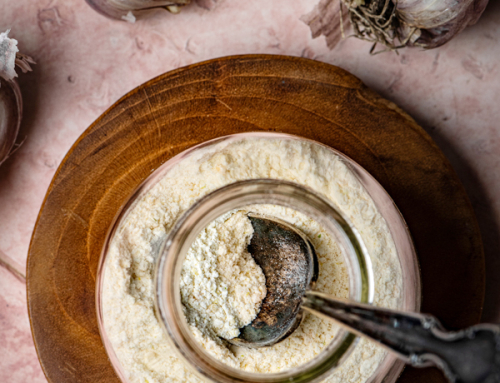{ Homemade Celery Salt }

While most of us enjoy munching on a fresh rib of celery (especially when it comes straight outta the garden!) and appreciate the flavour it lends added to our soups and salads– most don’t know what to do with the beautiful, bushy leaves growing out the top of the stalks.
So what’s the deal? Are celery leaves edible? Do they taste good? What can you use them for?

Well, celery leaves can be a bit coarse to eat raw though people certainly do that (typically tossing them in their salads, or adding them to soups or smoothies). They are a tasty green for use in pestos, and they make a flavourful addition to soup stocks as well (so at the very least, hang onto them for that purpose!). According to Healthline’s “5 Benefits of Adding Celery to Your Diet”, the leaves are where the celery stores the most calcium, potassium, and vitamin C– so there is value to consuming them in whatever way you can.
Our celery here on the farm (pictured above on the right, with farmer Denis in the background) is uber crunchy and flavourful, and comes with exceptionally leafy tops just begging to be made into something super special– and here it is!

Celery salt is delicious seasoning salt made from dehydrated celery (both stalks and leaves) and salt. It adds a delicious flavour kick to your cold salads (such as coleslaw, potato, or egg salad), is a delightful compliment to pork or other meat seasonings, and is great for those Bloody Mary or Caesar Cocktails.
How to make it? See instructions below.

Recipe creator Jessica Musslewhite, of MUSHROOMS & THYME blog, reminds that celery salt also makes great gifts! So if you’re looking for a new way to play with that luscious summer veg or preserve those summer flavours– look no further. This right here, is the good stuff.

Homemade Celery Salt
Ingredients
- Leaves from 2-4 celery stalks
- 2 celery stalks
- 2-4 tbsp quality salt (fine or flaked works) The amount of salt you use will depend on the yield of the leaves you have.
Instructions
- Clean and dry celery leaves and stalks. Cut the stalks into small pieces.
- Dehydrate both the leaves and stalks until dry. This can be done using a dehydrator at 125°F for approximately 8-12 hours. Stalks will take longer to dehydrate. Alternatively, you can use an oven at its lowest temperature for 20-30 minutes (be careful not to let them go brown). You’ll want to make sure everything is completely dehydrated. Any moisture can introduce mold.
- Using a process processor, or spice blender, pulse the dehydrated leaves and stalks. Slowly add the salt one tablespoon at a time, pulse in between each addition and taste. Continue to add salt until desired taste is achieved.






Leave A Comment